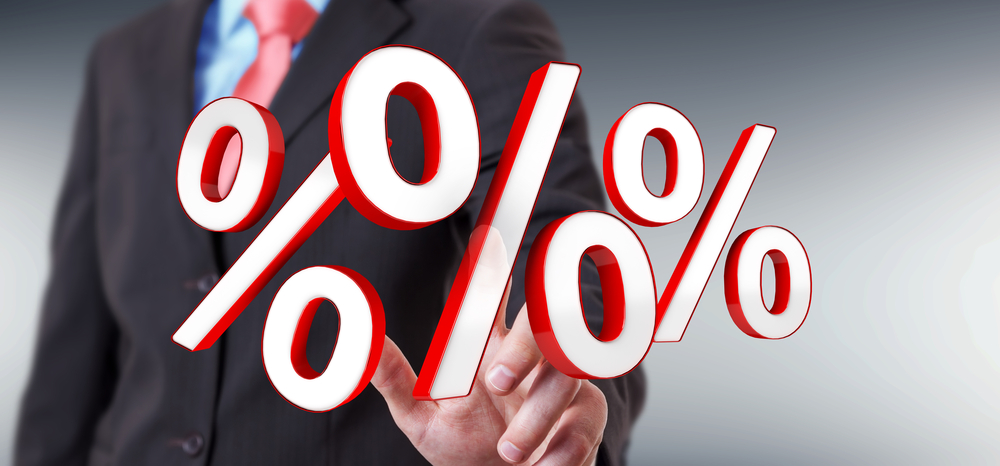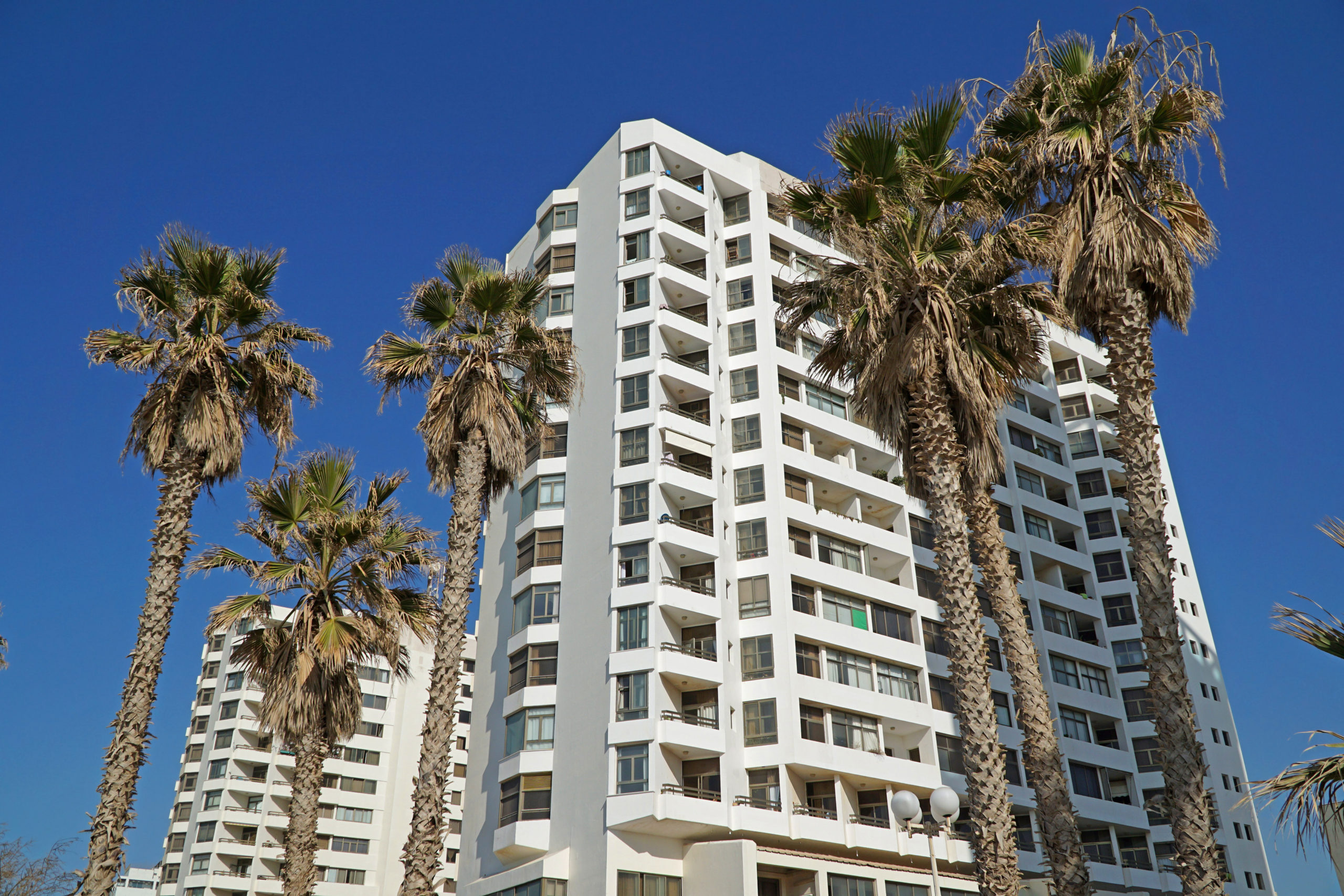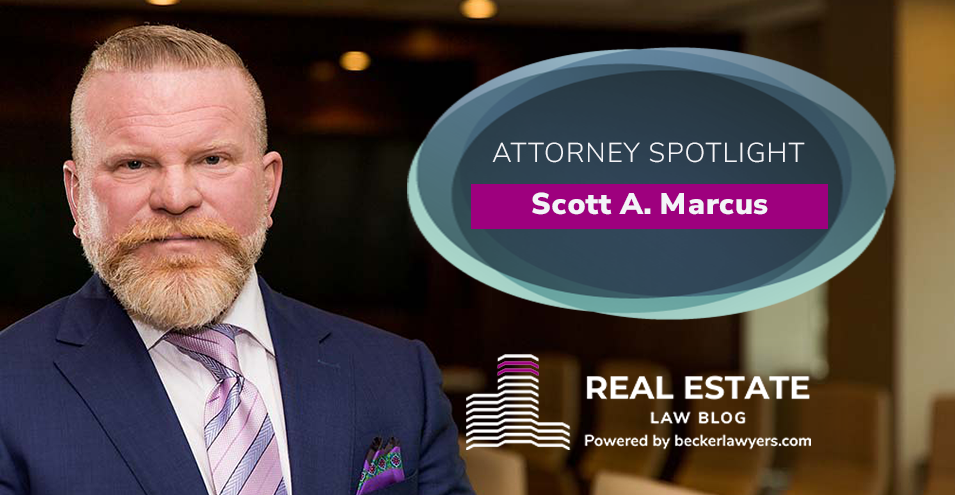
Everything You Need to Know About Net Leases
The term net lease refers to a contractual agreement where, in addition to rent, a lessee pays a portion or all of the taxes, insurance fees, and maintenance costs for a property. Net leases are commonly used in commercial real estate. In the purest form of a net lease, the tenant is expected to pay for all the costs related to a piece of property as if the tenant were the actual owner. They are lease agreements between landlords and tenants where the tenant pays rent and any other costs associated with the property in question. The agreement may include one or more expenses including insurance, property taxes, utilities, maintenance and repairs, and other operational costs. Most landlords generally accept lower rent payments because of the additional costs associated with net leases.
These lease agreements are a popular tool for commercial real estate investors who buy properties for the income and do not want the headaches of arranging maintenance, paying municipal taxes, and so on. Property owners use net leases to shift the burden of managing taxes, insurance and fees to the tenant. Although the owner and/or lessor may charge less overall as a result, they no longer have to worry about the day-to-day administration of that property.
According to Globe Street, although net-lease investment fell significantly in Q2, the sector also took its largest share ever of commercial real estate volume. The net lease sector, which includes office, industrial and retail properties, posted 20.2% of total commercial real estate volume in Q2. In Q1, it secured 13.3% of total CRE volume, which is the sector’s highest percentage on record. According to CBRE, the sector’s strength to “investors’ attraction to the long-term leases and creditworthy tenants considered safe attributes during an economic downturn.”
“Similar to the Great Financial Crisis [GFC] trend we experienced over a decade ago, net lease investment continues to attract demand during this downturn as investors are seeking long-term dependable cash flows,” said Will Pike, Vice Chairman of Net Lease Properties for Capital Markets at CBRE in recent commentary. “We are seeing an uptick in capital requests for long-term net-lease assets and sale-leaseback financing opportunities.”
The average net-lease cap rate remained at 6.3% in Q1. CBRE attributed this to sellers’ and buyers’ pricing being too far apart. “COVID-19 led to a wider bid-ask gap, which stalled price discovery and slowed investment activity,” CBRE said in the report.
With the increasing volume in e-commerce, the industrial sector has outpaced other CRE sectors during the COVID-19 pandemic. For this reason, it shouldn’t be a big surprise that industrial’s share of total net-lease investment increased to 48% in Q2 2020. CBRE noted that investors remained attracted to retailers that provide essential services, such as pharmacies and grocery stores. As many offices sat empty in the quarter, net lease office fell to 26.6% from 37.2% YOY.




No Comments